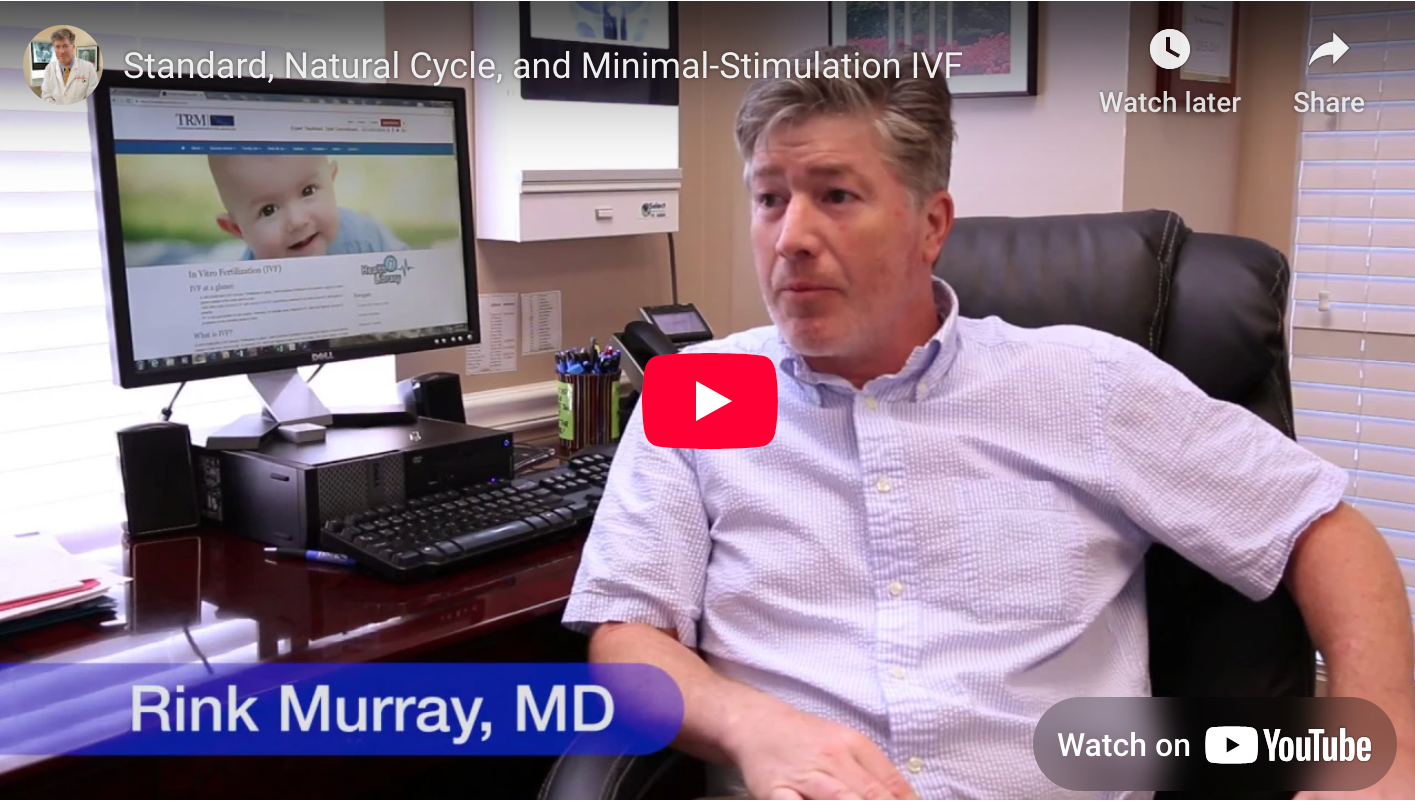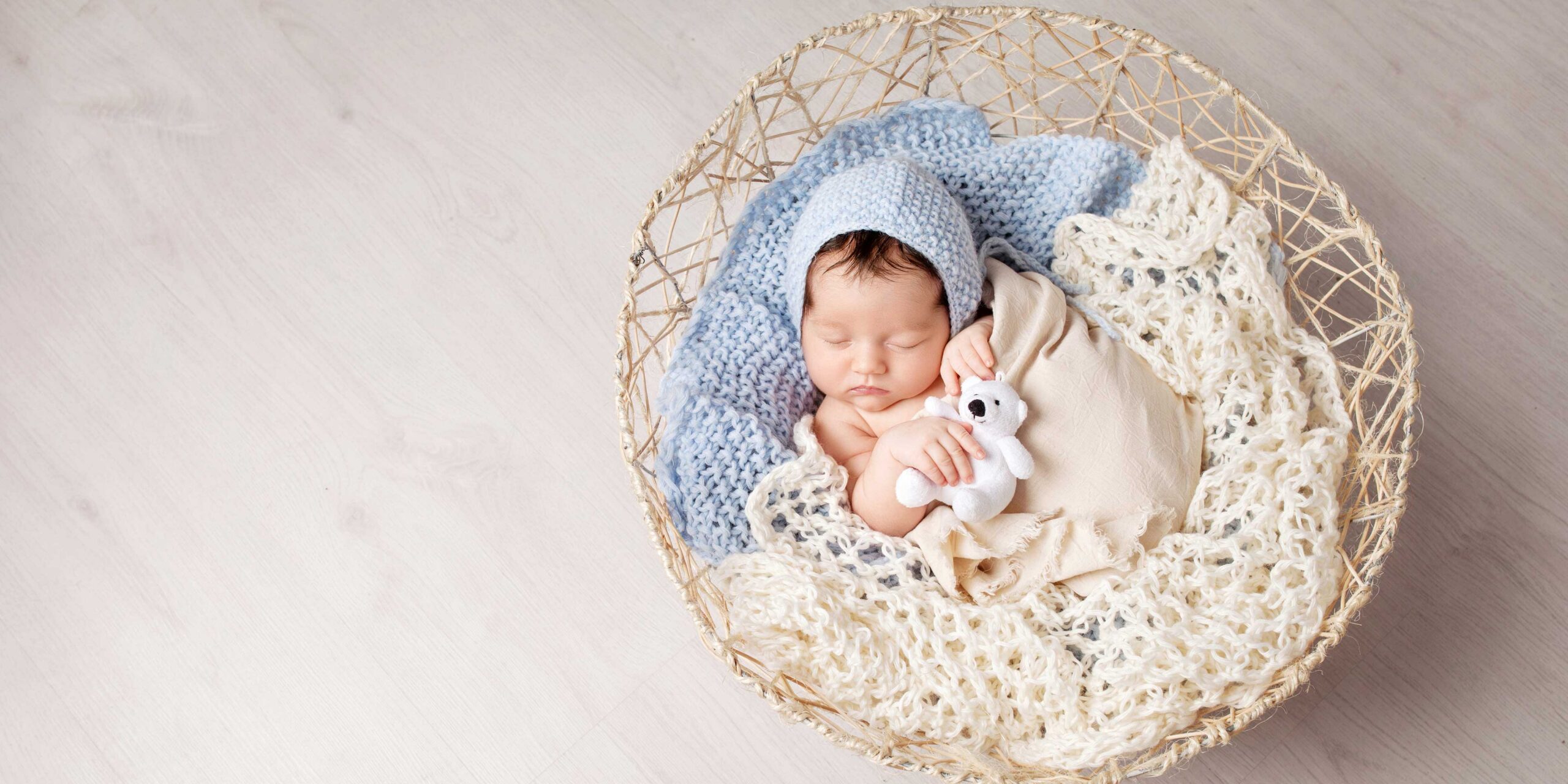Mini-IVF
Mini-IVF at a glance:
- Mini-IVF, or minimal stimulation IVF, is an infertility treatment similar to standard IVF, but uses less medication to stimulate the woman’s ovaries.
- Because fewer eggs are retrieved and thus fewer chances for embryos to develop, mini-IVF is less effective than standard IVF.
- But it can be the better option for certain women, such as those with low ovarian reserve or those who are not comfortable with having frozen embryos.
- Many women and couples choose mini-IVF because it tends to result in less chance of adverse reactions to the stimulation medications.
- Mini-IVF is also significantly less expensive than standard IVF (in vitro fertilization) because it requires lower doses of costly medications and fewer office visits.
What is mini-IVF (minimal stimulation IVF)?
Mini-IVF (or minimal stimulation IVF) is an infertility treatment that follows the same overall procedures as standard IVF but uses lower doses of drugs at the beginning of the process to stimulate the woman’s ovaries. This results in lower egg production than with standard IVF. Mini-IVF is attractive for some women due to the reduced likelihood of a bad reaction to the stimulation medications used, including ovarian hyperstimulation syndrome (OHSS).
While the goal of standard IVF is to produce from 10-15 eggs for retrieval, minimal stimulation IVF produces fewer eggs. Because of the fewer eggs, there will be fewer embryos developed for implantation. This makes mini-IVF less effective statistically than standard IV, in which multiple embryos are generally produced.

Expert Treatment. Total Commitment. TRM.

At Tennessee Reproductive Medicine, you’ll find a team of professionals dedicated to delivering the highest quality of compassionate fertility care.
In natural ovulation, the woman typically produces one mature egg each cycle. During IVF, standard or mini, a woman’s cycle is monitored, and medications stimulate her ovaries (also called ovulation induction) to produce more than one egg. Eggs are retrieved from the ovary using a needle, they are fertilized by a man’s sperm outside of the body in a lab to create an embryo(s). Embryo(s) are then transferred back into the woman’s uterus with the hope of implantation and carrying out a successful pregnancy.
There are no universal protocols for the mini-IVF procedure, and fertility specialists may alter the procedure according to the individual’s medical condition and preferences. Mini-IVF may involve the oral drug letrozole early in the cycle followed by an injection of gonadotropin and a follow-up human chorionic gonadotropin (hCG) shot. Or it may involve just the hCG shot after letrozole.
A more affordable IVF for some
Minimal stimulation IVF is used for a variety of different reasons and preferences, though one of the main benefits is the reduced price associated with the smaller amount of fertility medication needed through the process. But because mini-IVF also has a lower chance of success, patients considering it need to discuss it thoroughly with their fertility specialist.
A variant of mini-IVF is natural IVF. In natural IVF no drugs are used to initiate egg production. Late in the cycle, a small number of drugs are introduced to control exactly when the woman will ovulate. So the woman naturally produces an egg during her cycle and the doctor controls when it ovulates to maximize the chance that an egg is obtained. Because only 1-2 eggs are retrieved, natural IVF has an even lower pregnancy rate than minimal stimulation IVF.
Benefits of mini-IVF

In the above video, Dr. Rink Murray discusses the key differences and considerations relating to standard IVF, natural cycle IVF and mini-IVF.
Many patients choose mini-IVF for its lower cost, but there are a number of other benefits as well:
- Fewer clinic visits, ultrasounds and bloodwork
- Lower drug dosages
- Less possibility for drug reactions, including OHSS
- Less likely to have leftover embryos to freeze
- Less likely to require anesthesia for egg retrieval
- Less possibility for a multiple pregnancy (twins or more).
Who should consider mini-IVF?
Mini-IVF is an option for many women considering the IVF form of infertility treatment due to its safety and cost efficiency. But it is not advisable for all such women. Mini-IVF is especially beneficial for patients who meet the following criteria.
Women who have diminished ovarian reserve
During a standard IVF cycle, ovaries are stimulated with the goal of producing a maximum number of eggs (usually 10-15). When a woman has diminished ovarian reserve her ovaries contain few eggs and/or eggs of poor quality. So even with fertility medication, she will not produce the high number of eggs needed for standard IVF. Mini-IVF uses fewer eggs, which is more attainable for women with diminished ovarian reserve.
Couples concerned about using strong stimulation fertility drugs
Because mini-IVF uses a lower dose of medication, it reduces the risk of developing drug reactions. Certain reactions, including OHSS, can slow down the fertility treatment process or interfere with it completely. Many women and couples have a general desire to use fewer medications when possible, and often a specific desire to use less drugs in conception.
Couples looking for a more affordable IVF option
Since mini-IVF uses less medication and requires fewer office visits than standard IVF, it is significantly less expensive. One mini-IVF cycle costs around $7,000-9,500, which is about half the price of a standard IVF cycle. The lower cost of mini-IVF can be especially beneficial if the first round is unsuccessful, because it gives couples the option to try again without having to pay for another full cycle of standard IVF.
Couples requiring a less time-consuming infertility treatment
Mini-IVF is a great option for infertile couples needing IVF who have particularly busy schedules. It requires fewer clinic visits, bloodwork and ultrasounds than standard IVF.
Faith and Andrew didn’t want left over embryos from IVF.
Drawbacks and risks of mini-IVF
Since fewer eggs are retrieved in mini-IVF, the probability of a successful pregnancy is also reduced.
The 10-15 eggs retrieved in standard IVF provides backup if eggs are damaged in the process or if eggs are evaluated as poor candidates for fertilization. With mini-IVF, the doctor has fewer eggs to work with, which means less probability for viable embryos to be developed from these eggs through lab fertilization.
For this reason, sometimes couples end up going through multiple rounds of mini-IVF before becoming pregnant. This can extend the period of time spent on becoming pregnant. It can also negate any cost savings of selecting the less-expensive IVF option.
Another potential drawback to consider is the possibility of a multiple pregnancy, meaning pregnant with twins or more. Though this is less likely with mini-IVF than it is with standard IVF in which more than one embryo may be implanted, it is still a possibility.
A multiple pregnancy puts the baby and mother at risk for preterm delivery. Preterm delivery can lead to complications for both mother and baby.


